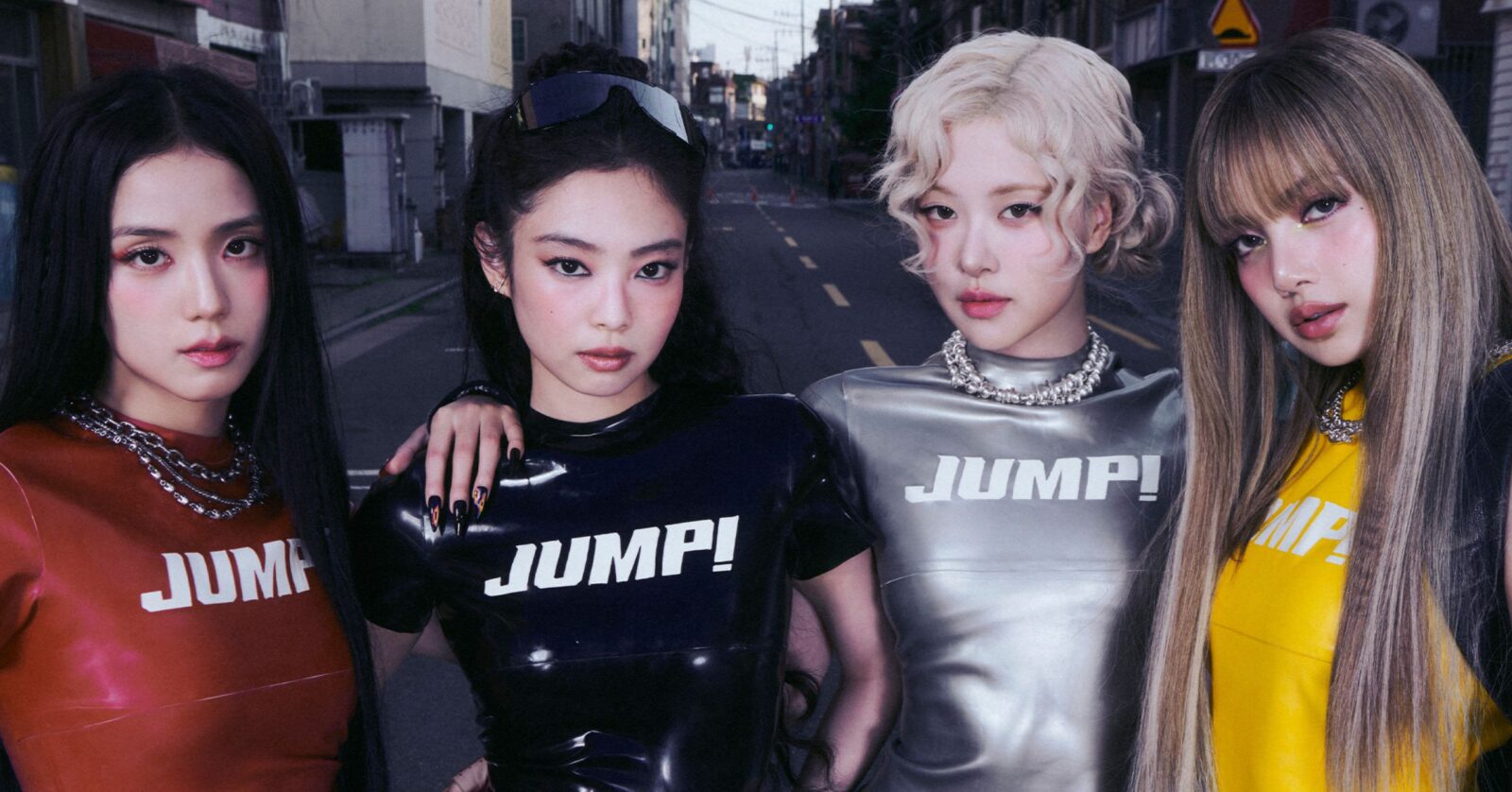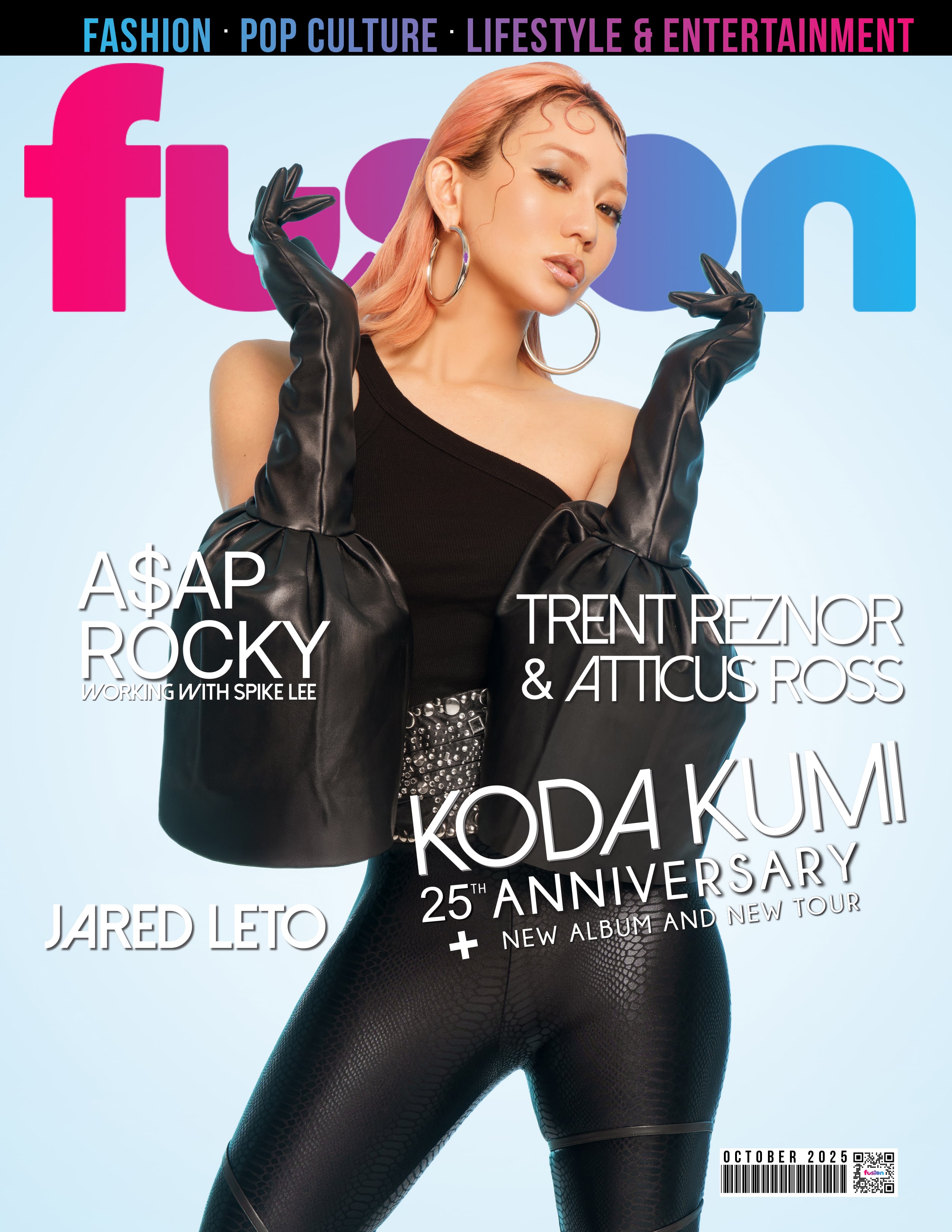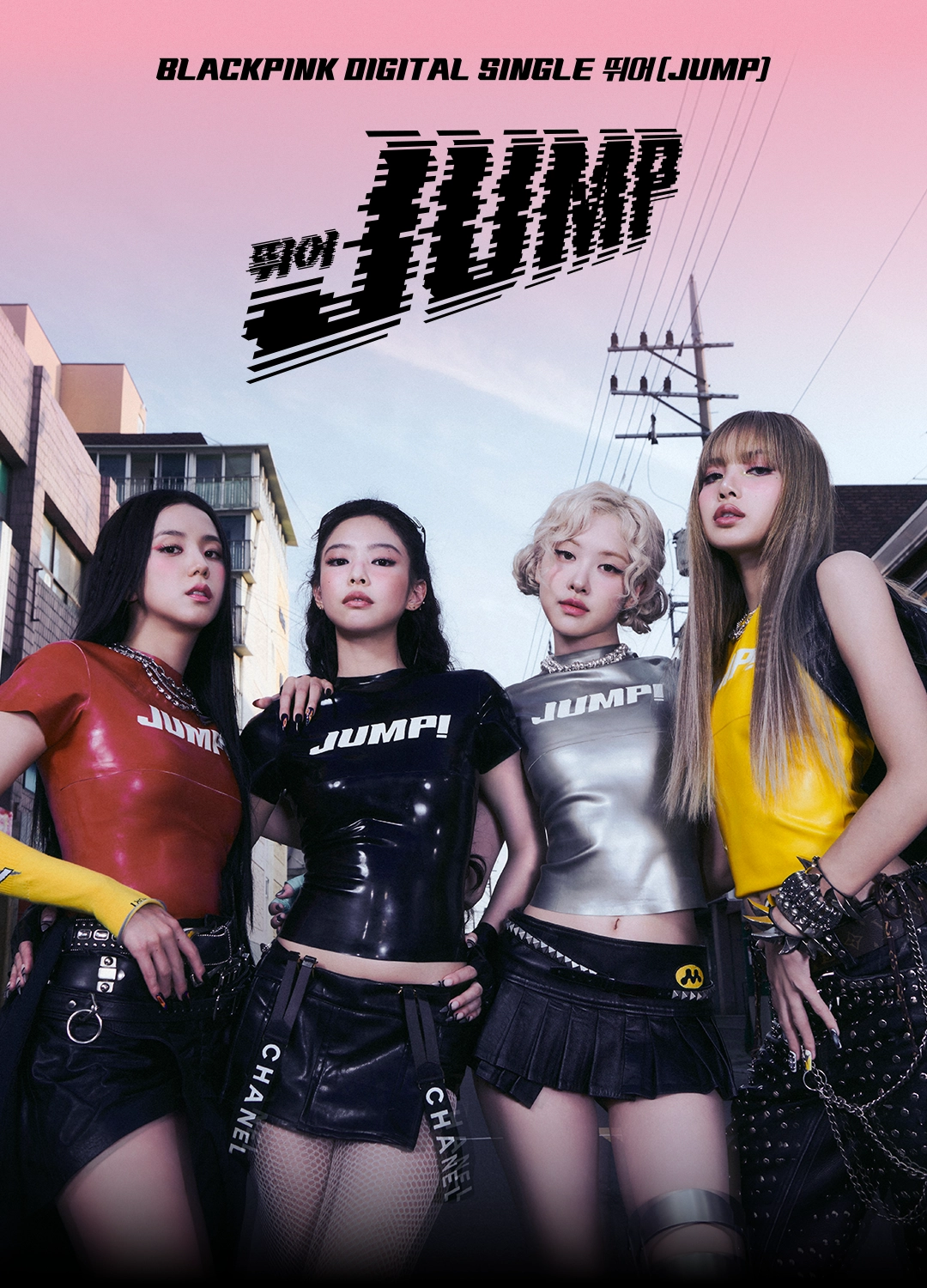
BLACKPINK Return With Jump (뛰어): A High-Energy Spectacle With Mixed Results
After months of solo releases that have cemented their global dominance, BLACKPINK finally return to the group spotlight. Remarkably, it has been thirty-four months since their last official title track—a near lifetime in the ever-accelerating world of K-pop, where trends shift at lightning speed. As the quartet embarks on a new tour, the demand for fresh material has never been greater. Their answer is Jump (뛰어), a track that aims to reignite the collective energy of the world’s biggest girl group.
Produced by a roster of familiar hitmakers, Jump takes the recognizable BLACKPINK formula and infuses it with added vigor. Officially categorized as hardstyle, the song weaves in a variety of influences, creating a dynamic if somewhat uneven sonic palette. Its blaring horn motifs immediately command attention, recalling the grandeur of a World Cup anthem. Coupled with cinematic flourishes and a Western-tinged production style, the track delivers undeniable scale and spectacle. While it never fully embraces the relentless intensity hardstyle is known for, its playful chaos and relentless drive leave a strong impression, capped off with a propulsive instrumental outro that edges deeper into the genre.
Yet, for all its production flair, Jump exposes a recurring weakness in BLACKPINK’s discography: melody. The song’s chorus, instead of soaring to match the instrumental’s momentum, opts for minimalist delivery—half rapped, half spoken—tracing the beat without lifting above it. The verses offer flashes of melodic potential but ultimately rely too heavily on repetitive, one-note catchphrases that fail to ignite. It is a stylistic choice consistent with much of the group’s catalogue, though here it feels like a missed opportunity to capitalize on the song’s buoyant foundation.
As a standalone single, Jump is unlikely to rank among BLACKPINK’s most essential releases. However, its brisk energy and celebratory character make it a natural fit for the stage—an anthem designed less for headphones and more for stadiums filled with cheering fans. In that sense, it succeeds: even if it falters as a song, it thrives as a spectacle.





